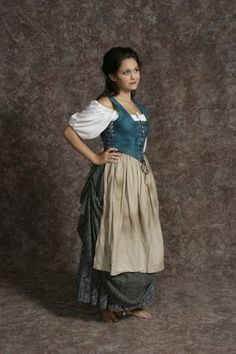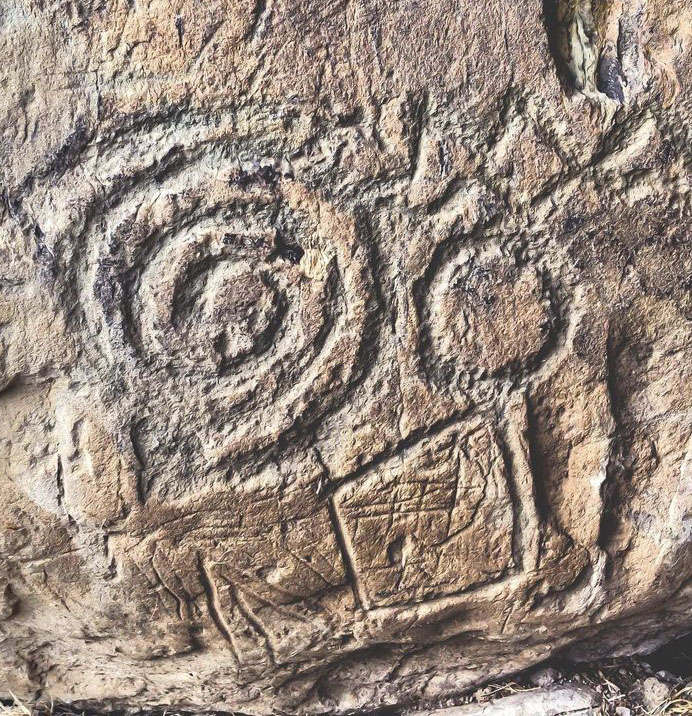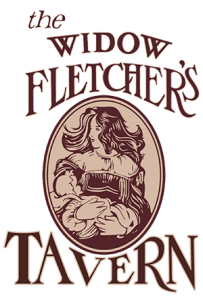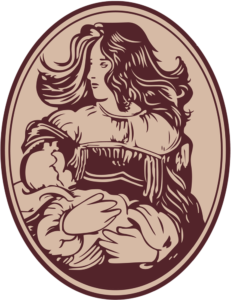
It was the mid-1700s ad a young private named Fletcher was a grenadier with the New England Militia. His military service was short-lived, though, as he met his demise early on the battlefield, leaving his young wife and child to fend for themselves. After her husband’s untimely death, the widowed Fletcher turned her home into a tavern, an unheard-of venture for women of the time period. Thus becoming the first woman to own a tavern in America.
She spent the remainder of her life providing a comfortable, relaxing setting for locals and weary travelers alike, becoming famously known as “The Widow Fletcher.” Take a trip into the past at Widow Fletcher’s Tavern soon. Who knows? If you go in on a rainy, misty night, you just might imagine a vision of a young, beautiful lady behind the bar, laughing and playing hostess to a full house of guests. And even if you don’t, you’ll still experience one of the best meals this side of the world.
It had been a long, tedious journey. The weary soldier jumped off his horse and tied the reins around the post. Water dripped from his wide-brimmed hat onto his shoulders as he gave the mare an affectionate pat across her neck. “Easy, girl,” he whispered. “I’ll take care of you as soon as I have a little something to eat.” The horse pulled her head back, then nuzzled the man’s shoulder as her breath, visible in the raw night air, escaped her nostrils.
The rain, so typical of the New England countryside, had been his companion since early that morning. The entire village was shrouded in cool, dense fog. The man pulled his collar up tighter around his neck, took a deep breath, and walked toward the front door of the Widow Fletcher’s Tavern. Candlelight shone through the windowpanes, and the laughter of happy people came from inside. His heart felt lighter as he pushed open the heavy door. The warm air from inside enveloped him; heavenly aromas of roasting lamb, simmering stew, warm bread, and baked apples mingled together to tease his appetite. And there she was — he caught his first glimpse of her through the smoky air.
She was standing beyond the bar, pouring ale into a stein for one of her patrons. The customer must have said something amusing to her, for she suddenly smiled at him and delicately tossed her head back, laughing out loud. Her long brunette hair touched her back like a soft waterfall; the man’s fingers ached from across the room to get lost in her long tresses. He strolled across the creaking pine boards, keeping his dark, smoldering gaze directly on her.
She turned and saw him. Even through the dim light of the flickering candles, he saw her green eyes light up like a cat’s. Her lips parted slightly in surprise and then settled into a warm, inviting smile. “Welcome back, my friend,” she said tenderly to him. He grinned. He felt like he was home at last; a stop at the Widow Fletcher’s tavern was just what he needed to revive his senses and make him feel alive again.


In the early ’80s, Parker Ryan bought a 1790s house on Lafayette Road in Hampton, New Hampshire, turning it into a successful eatery. Parker enjoys telling the history of the name behind his unique restaurant, which he claims he read in a book about English pubs in the Newburyport Library. “I was opening an English style tavern,” he says, describing the events that occurred in the early 1980s, “and I was looking for a name for my new place.”
Parker wanted a different name, as he knew so many English pubs were named after generals, or even after some of the older, popular drinks of the country. “I liked the story of Widow Fletcher,” he says. “For a woman to be running a tavern out of her home was an amazing thing back then,” Parker says he liked the idea of naming his establishment after a woman who was a century ahead of her time. Parker owned and operated the wildly popular Widow Fletcher’s for over 26 years until he decided to retire and sell the restaurant in 2009.

We came up with the idea of a Town Center concept restaurant. So when it came time to name our new restaurant, the first thing that came to mind was the story of the Widow Fletcher and how she made everyone feel welcome; they felt at home. It was what we strive to carry out daily. Warren Dumphy and Parker Ryan have been fellow restauranteurs and good friends for over 40 years, so after a phone call and catching up on life, Parker was more than happy to see our interest in carrying on the Widow Fletcher’s Name. Many of the items throughout the restaurant are from the Widow Fletcher’s in Hampton, NH. See if you can find them all! This rock is thought to have been carved by Timucauans between 1 and 400 AD which has two faces carved into it, and is an effigy to local priest chiefs, perhaps sun and rain gods given human faces.
A cavity indicates the rock was used for religious ceremonies at which food and other precious items were placed as offerings. Most likely the carvings on the rock were the handiwork of the Timucuans, one of the groups of natives at the time of Florida’s discovery by Europeans and the beginning of recorded history. The Greater Tampa Bay area was within the jurisdiction of the Timucuans, in the subdivision of Tocobago. Tocobago was the name of a Timucuan village or chief or both, located at Tampa Bay. It was possibly the largest village, with the most important chief, in a cluster of villages.
The Tocobago Timucuans lived a more sedentary life than their predecessors, building semi-permanent structures in small villages with a midden paralleling the shore. A midden is a pile of shellfish refuse that forms a mound. The rock was discovered in 1981 during the construction of the Seamarket Restaurant. A miniature golf course had been located there before that. The restaurant was sold to the Leverock’s chain in 1991. It has been left untouched since that day – not cleaned or otherwise altered.
It originally was thought that the rock was in its original location. However, a local resident said they remembered how a boating channel was dredged and rocks were lifted out with a crane and piled on the adjacent land. The theory is now that the large rock was excavated during dredging of the channel. But most likely, the carvings on the rock were the handiwork of the Timucuans. So what is the real history? We will probably never know, but one thing is for sure: the theories and myths continue to grow. From its infamous curse to a sacrificial stone to a priceless artifact. What’s your theory? It may make you famous.








Fancy staying in the loop with everything that’s going down at Widow Fletcher’s beautiful restaurant by the water?
Join our digital mailing list & you’ll be the first to hear all about it!
